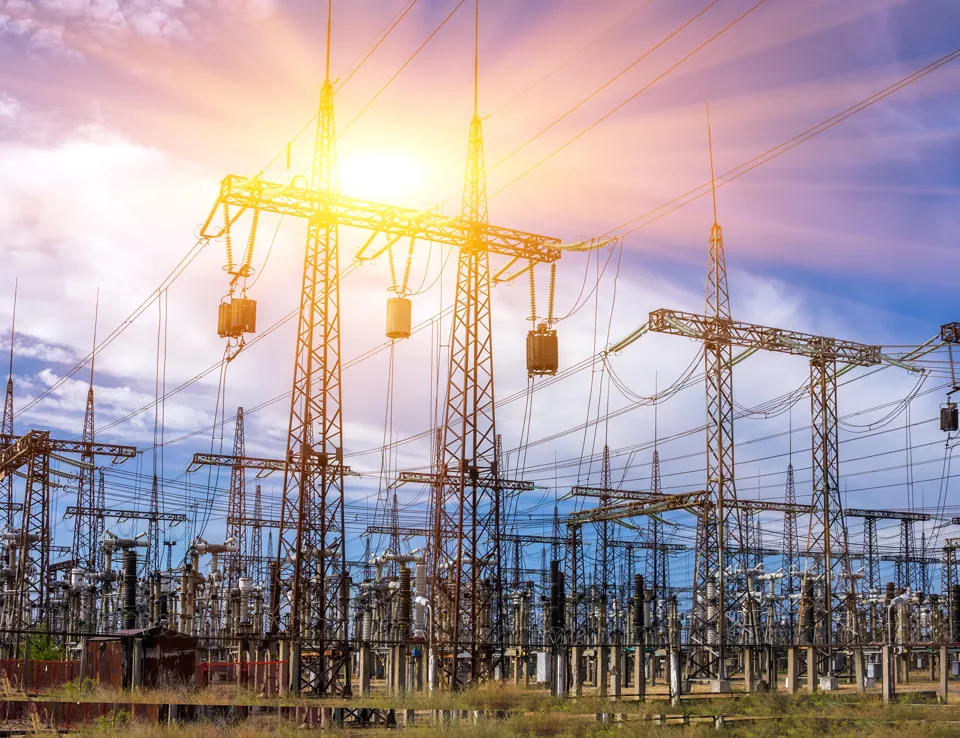Integrated resource planning for Bermuda
Small islands, such as Bermuda, face unique challenges when it comes to decarbonisation, including land scarcity for energy projects, dependency on tourism, and high vulnerability to extreme weather events.
At Ricardo, we have worked extensively with small island states to provide tailored roadmaps for renewable energy deployment, sustainable systems, and resilience frameworks that enable a secure and affordable energy transition.

Picture: the Regulatory Authority of Bermuda visiting Ricardo offices in Madrid
We had the pleasure of welcoming the Regulatory Authority of Bermuda to our Madrid office earlier this month to discuss the next steps in the update of the island’s Integrated Resource Plan (IRP), which provides a roadmap for the decarbonisation of the electricity sector.
Our analysis, included in the recently published public consultation and powered by E3M’s PRIMES model identified the following:
- In Bermuda, onshore solar is the most economically attractive source of electricity generation – albeit far more onerous than in many other jurisdictions due to diseconomies of scale, higher CAPEX, grid connection costs and leasing costs (LCOE of 15 USc/kWh).
- Second is offshore wind (LCOE of 21 USc/kWh) – whose potential cost in Bermuda is also much higher than global average, followed by floating solar (LCOE of 22 USc/kWh).
- The generation technologies are more economically attractive than investing in new internal combustion engines (ICE) or gas turbines (GTs) burning heavy or light fuel oil – although variable renewable energy would require significant capital investment in battery storage technologies to offset its potential impact on supply continuity and system reliability.

Picture: cost comparisons for energy technologies in 2030 and 2035
We identified, modelled and compared different decarbonisation pathways for Bermuda and have thus far concluded:
- With no significant change to the fuel mix of existing power stations on the island, the decarbonisation pathway yielding the lowest costs to consumers is one where renewable energy penetration would increase from less than 2% to nearly 50% by 2050 and includes the commissioning of 60 MW of offshore wind, 20 MW of commercial scale onshore solar in the next 5 years.
- To ensure system reliability and resilience are not impacted by such increase in variable renewable energy on the systems, our analysis showed that 30 MW equivalent of new battery storage systems (including a combination of short and long-term duration storage) should be commissioned in the next decade.

Picture: dashboard showing the gradual transition to renewable energy sources to 2050
We are proud to help shape the energy future of Bermuda and to be contributing to their journey towards sustainability and energy independence.
Learn more about our solutions for sustainable islands >









